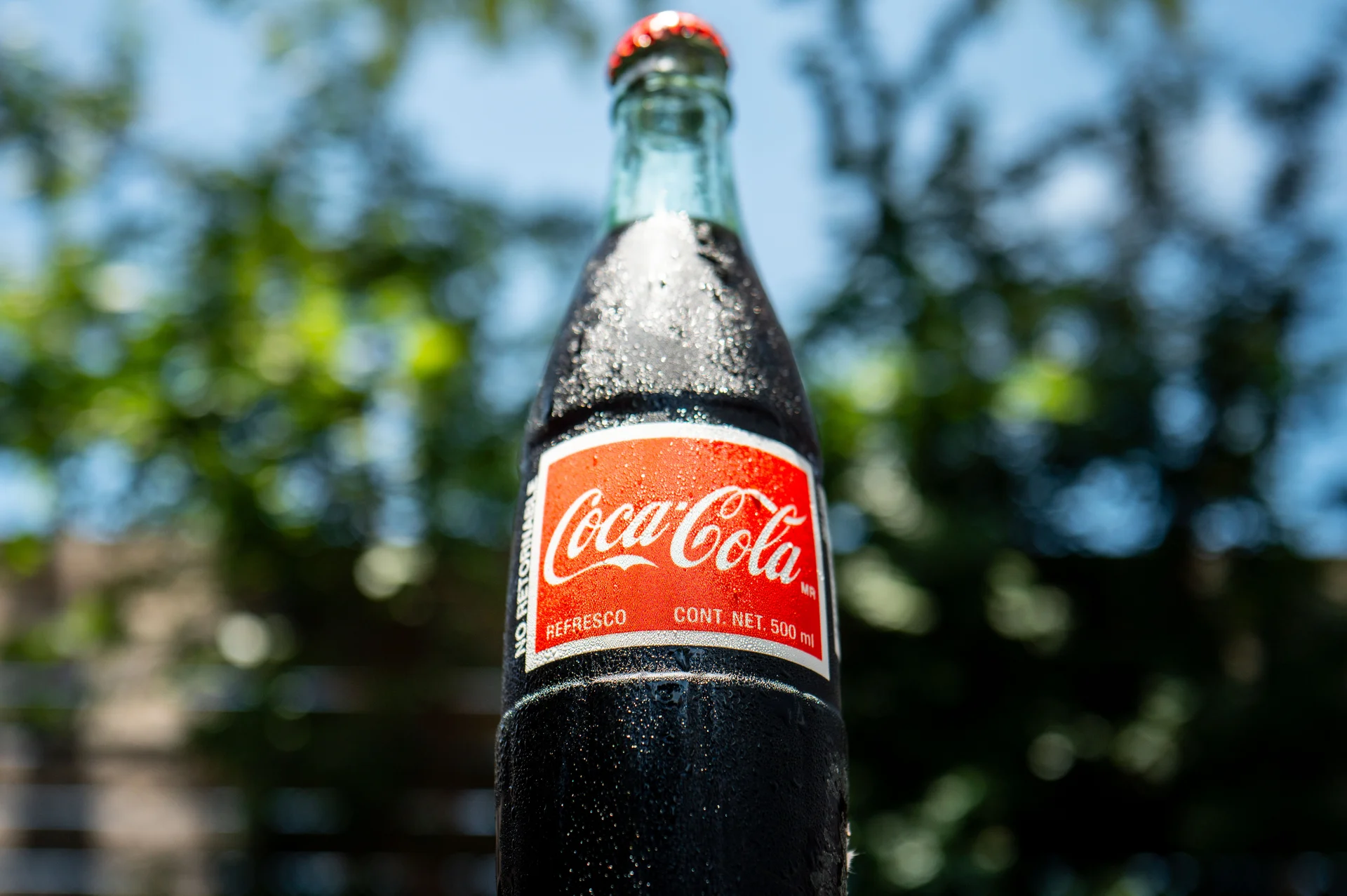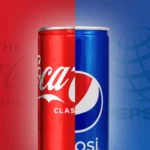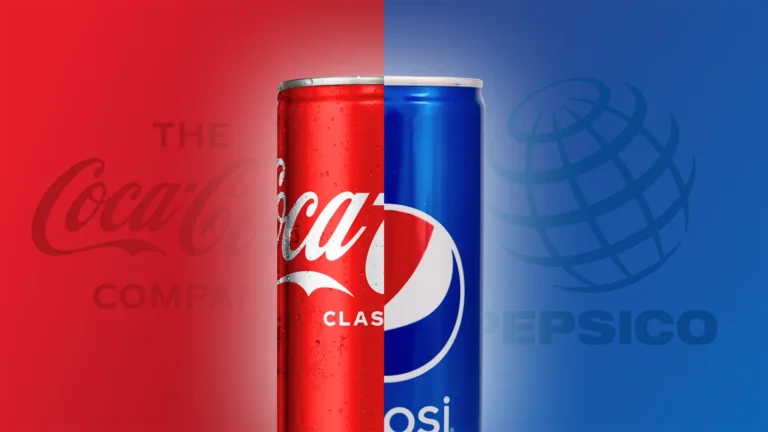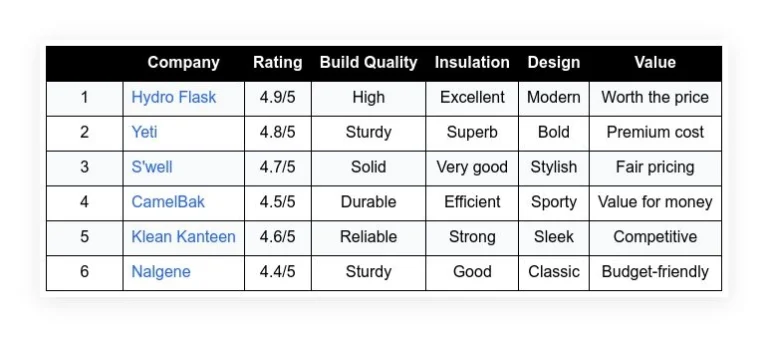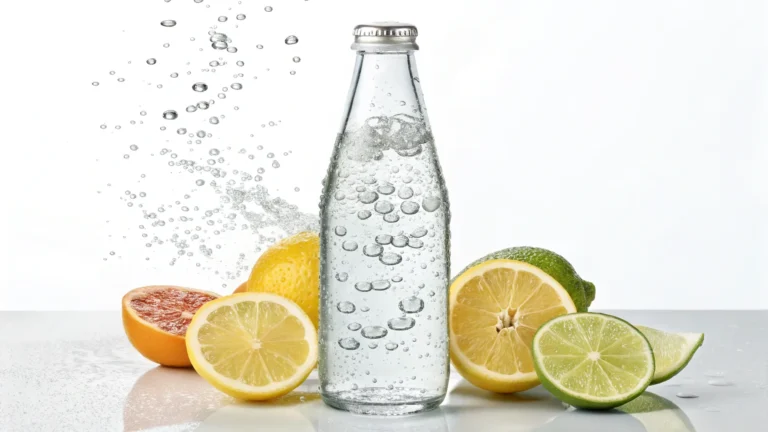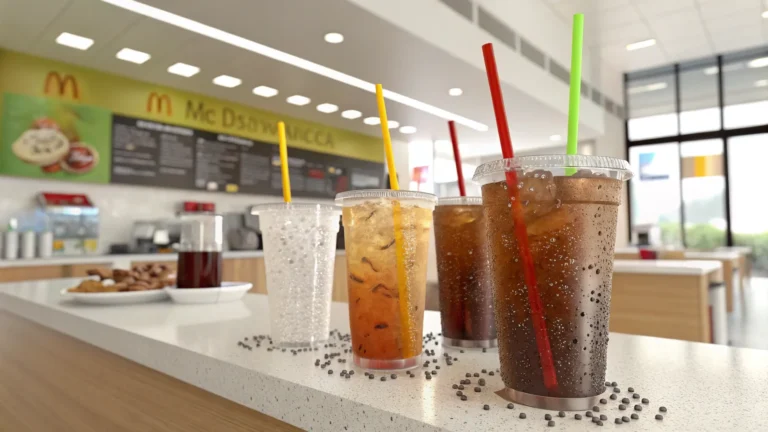The beverage giant has announced a new version of its iconic drink for the United States market. This new offering will be made with cane sugar instead of the high-fructose corn syrup usually found in the U.S. formulation. The change comes at a time when public figures, including the U.S. president, are openly praising the switch, adding more buzz to an already significant innovation from the company.
Company Announcement and Background
The Coca-Cola Co. recently confirmed that it plans to introduce a cane sugar version of its famous product during the fall season. The company explained that the rollout is a part of its ongoing efforts to offer more options to its loyal customers. According to the official statement, the new product is designed to complement the core portfolio by providing an alternative that caters to varied tastes and dietary preferences.
The decision to use cane sugar in this classic beverage highlights the company’s drive to expand its product line. This approach will add another variation to the well-known drink, which is traditionally sweetened in the United States with high-fructose corn syrup. In contrast, many other countries already enjoy a version of the drink made with cane sugar—a formulation that is often associated with a slightly different flavor profile.
Presidential Involvement and Reaction
The move gained extra attention when President Trump expressed his satisfaction with the decision on a popular social media platform. In a post, he mentioned that he had been in conversation with Coca-Cola and was pleased that the company was set to use “real Cane Sugar” in its flagship drink. His comments were supportive and enthusiastic, noting that the change was a positive development.
The president specifically thanked the executives at Coca-Cola, indicating that the decision to switch ingredients was well received at the highest levels of leadership. In addition to his praise, his personal taste preferences have long been in the public eye, with previous anecdotes highlighting his fondness for Diet Coke. With a special arrangement reportedly in place during his former term, even a red button assigned to quickly deliver his beverage of choice has become a part of his legacy.
Market Trends and Consumer Preferences
This new release comes at a time when many consumers are exploring different tastes and ingredient variations. A growing number of drinkers have started to favor beverages that provide a flavor closer to what is experienced in other parts of the world. Those who have had the cane sugar version, often imported as “Mexican Coke,” note subtle taste differences that some find preferable.
The introduction of the cane sugar version in the United States is expected to appeal to those who have long desired an alternative to the standard sweetener. Changes like this often generate discussion among fans of the brand, as they compare the taste and quality of the drink made with different sugar sources.
Historical Context of Sweeteners in Coke Formulations
For many years, Coca-Cola in the United States has been sweetened with high-fructose corn syrup. This ingredient was adopted several decades ago for economic and supply reasons. In contrast, the use of cane sugar in beverages has a long history internationally. Many countries have maintained the original recipe that uses sugar, which often provides a different and sometimes more natural taste experience.
Consumers in nations such as Mexico have continued to enjoy their version of Coca-Cola made with cane sugar. The difference in taste has been well recognized, prompting some U.S. consumers to seek out imported versions. The company’s decision to launch an American cane sugar version may be viewed as an attempt to satisfy this demand locally.
Industry Perspectives and Future Outlook
The introduction of a cane sugar option is seen as part of a broader trend in the beverage industry. Firms are increasingly looking at consumer preferences that call for natural ingredients and variations in product offerings. In this case, the change symbolizes the company’s willingness to listen to feedback and adjust its product to suit different tastes.
This shift may also be a signal to other beverage companies. By offering more choices, Coca-Cola is positioning itself to stay ahead in a competitive market. The decision to incorporate alternative ingredients into its classic drink broadens the brand’s appeal. Although the full details about the taste and production methods are yet to be shared, this move has already sparked significant interest both among consumers and industry analysts.
Consumer Reactions and Cultural Impact
The change in formulation has been met with curiosity. Many beverage enthusiasts have debated the potential impact on the flavor of the classic drink. Ronning discussions in online forums and social gatherings, fans of the beverage have expressed hope that the switch to cane sugar will result in a richer taste that recalls earlier versions of the drink.
Along with conversations about taste, there is also interest in the symbolic value of this change. The U.S. market stands apart from many international markets because of its reliance on high-fructose corn syrup. The new formulation may be seen as a nod to tradition and a reflection of evolving consumer desires. Enthusiasts who have long favored the cane sugar variety may finally find a reliable option available domestically.
In addition, the role of high-profile endorsements, such as that from President Trump, adds to the broader cultural impact. His remarks have brought the discussion into the spotlight and may influence consumer attitudes. The enthusiasm expressed by a well-known public personality can spark discussion among a wider audience, reinforcing the perception that a shift in ingredients is both timely and worthwhile.
Key Factors Influencing the Decision
The decision to offer a cane sugar version in the United States appears driven by several factors. The company has long sought to meet changing consumer tastes. This move is also seen as part of an overall strategy to diversify the product portfolio and provide additional options for different occasions.
- Ingredient Preference: Many consumers have a specific taste for cane sugar-based drinks.
- Market Differentiation: Offering a version similar to the international formulation can set the U.S. product apart.
- Brand Evolution: The change is in line with Coca-Cola’s intent to innovate while still honoring its historic recipes.
Consumers who have experienced both versions can now compare flavors and decide which one suits their taste better. This added choice may encourage individuals to explore the brand further, contributing to a more engaging experience with the product line.
The Broader Picture of Beverage Innovation
The launch of the cane sugar version is one part of a wider movement in the beverage industry. Companies are increasingly attentive to shifts in consumer behavior, adjusting their products to meet the demands for natural and traditional ingredients. In this context, the switch from high-fructose corn syrup to cane sugar illustrates how even iconic brands are capable of change.
Industry experts have noted that such moves indicate a readiness to offer alternatives that resonate well with various taste preferences. As more consumers become interested in the origins of ingredients, reliable alternatives like cane sugar may gain popularity. This evolution reflects a trend toward differentiating products in a crowded market, allowing consumers to choose based on flavor and tradition.
Company Strategy and Future Developments
In its official communication, Coca-Cola emphasized that the cane sugar version is only one of many initiatives. The company mentioned that it plans to unveil further innovations within its product range in the near future. The focus remains on preserving the classic taste while introducing variations that appeal to modern preferences.
The strategy appears to stem from a careful evaluation of market trends and consumer feedback. By introducing variations to its trusted lineup, Coca-Cola is addressing a segment of the market that seeks alternatives to the conventional formulation. The launch is expected to generate considerable consumer interest and stimulate further discussion within the beverage industry.
Conclusion
This new formulation signals an important step for Coca-Cola, reflecting a careful consideration of both tradition and consumer taste. The introduction of a cane sugar variant in the United States is a response to requests from a loyal customer base and a trend that has been observed internationally for many years. With the backing expressed by a prominent political figure, the announcement has captured attention and generated conversation among fans and industry professionals alike.
As the company moves forward with its plans, it remains focused on offering choices that resonate with various consumer preferences. The release of the cane sugar version, along with future planned innovations, suggests that the brand is committed to maintaining a connection with its long-standing heritage while adapting to modern tastes. Ultimately, the decision stands as an example of how even well-established products can evolve to meet the demands of a changing market.
Frequently Asked Questions
Q: Why did Coca-Cola decide to use cane sugar in its U.S. product?
Coca-Cola introduced the cane sugar version as part of its effort to offer alternatives that cater to varied consumer tastes. This change reflects a desire to provide a drink that aligns with how it is produced in other parts of the world.
Q: Will the new cane sugar drink taste different from the regular version?
Yes, the use of cane sugar is expected to provide a flavor that differs from the version made with high-fructose corn syrup. Those familiar with the imported version may find the domestic option to have a fresher taste.
Q: How has President Trump influenced this change?
The president’s public comments have drawn additional attention to the change. His supportive remarks and personal interest in the brand have brought extra focus to the decision, contributing to a broader conversation about the product.

